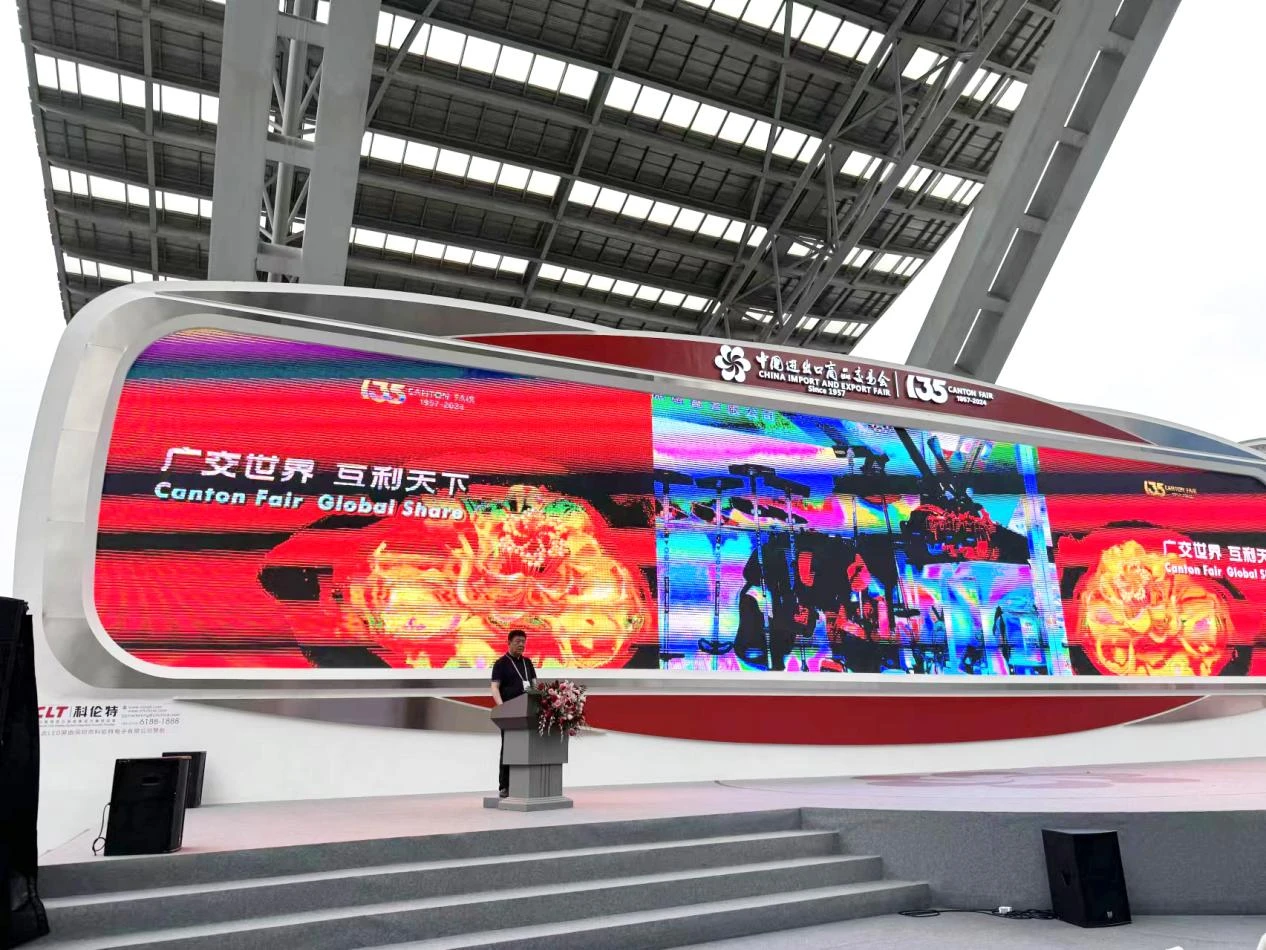Dec . 05, 2024 11:42 Back to list
male muslim head wrap
The Male Muslim Head Wrap A Cultural and Spiritual Symbol
The male Muslim head wrap, often referred to as a keffiyeh, ghutrah, or shemagh, is a traditional piece of clothing that has deep cultural roots and various significances across different regions and communities in the Muslim world. While commonly associated with Arab culture, the head wrap has transcended geographical boundaries, embodying not only practicality but also identity, faith, and heritage.
Historical Context
The use of head wraps in Middle Eastern and North African cultures dates back centuries. Traditionally, they were worn by men to protect themselves from the harsh desert sun, dust storms, and cold nights. The keffiyeh, usually made of cotton or a cotton blend, is fashioned into a square scarf that can be easily manipulated to suit environmental conditions. Its woven patterns range from simple stripes to complex designs, often indicating the wearer’s tribe or region.
Over time, the male head wrap has evolved from a mere necessity into a symbol of pride and identity. In many communities, it signifies social status, age, or affiliation. The colors and patterns can convey messages of loyalty to certain regions or political beliefs, which is particularly evident in places like Palestine, where the black-and-white checkered keffiyeh has become a global symbol of resistance.
Cultural Significance
Beyond practicality and style, the male Muslim head wrap carries significant cultural importance. For many Muslim men, wearing a head wrap can be an expression of their faith and adherence to Islamic customs. While the wearing of head coverings is more commonly discussed in the context of women’s clothing, men’s head wraps are equally important in certain contexts. In some cultures, a man is expected to cover his head as a sign of respect, particularly during prayers or religious gatherings.
male muslim head wrap

The act of donning a head wrap can also foster a sense of community and belonging. In regions where tribal or ethnic identities play a vital role, the type and manner of wearing the head wrap can signify one’s allegiance to a particular group. This communal aspect is especially pertinent in times of conflict, where various factions might use clothing and accessories to differentiate themselves publicly.
Modern Interpretations
In recent years, the male Muslim head wrap has seen a resurgence in popularity beyond traditional boundaries. Fashion designers around the world have started to incorporate elements of the keffiyeh and related styles into modern attire. Subsequent adaptations have emerged, blending traditional designs with contemporary fashion trends, making the head wrap a popular accessory not just among Muslim men but also among individuals of diverse backgrounds.
Moreover, in a globalized world, the keffiyeh has come to represent solidarity among various movements, aspiring to bridge gaps between cultures. Its adoption in fashion circles, complete with branding and appropriation discussions, invites a critical conversation about cultural respect and representation.
Conclusion
The male Muslim head wrap is more than just a piece of fabric; it is a rich cultural artifact embedded with historical significance and contemporary relevance. As a protective garment, a symbol of identity, and a marker of faith, it reflects the complexity of cultural expressions within diverse contexts. The modern interpretations evolve its meaning further, ensuring that the head wrap remains a vital component of discourse surrounding culture, identity, and fashion. Through understanding and respecting its significance, individuals can appreciate the layers of meaning that the male Muslim head wrap embodies and promote a more inclusive understanding of global diversity.
-
Traditional Tudung Designs in Malaysia
NewsJul.25,2025
-
The Spiritual Significance of Satin in Muslim Attire
NewsJul.25,2025
-
The Right Way to Wear Arab Scarves for Muslim Women
NewsJul.25,2025
-
Zikr Bead-Infused Cotton Voile for Continuous Remembrance
NewsJul.11,2025
-
The Cultural Significance of Tudung in Malaysia
NewsJul.11,2025
-
Satin Hijabs as an Expression of Faith in Daily Life
NewsJul.11,2025














